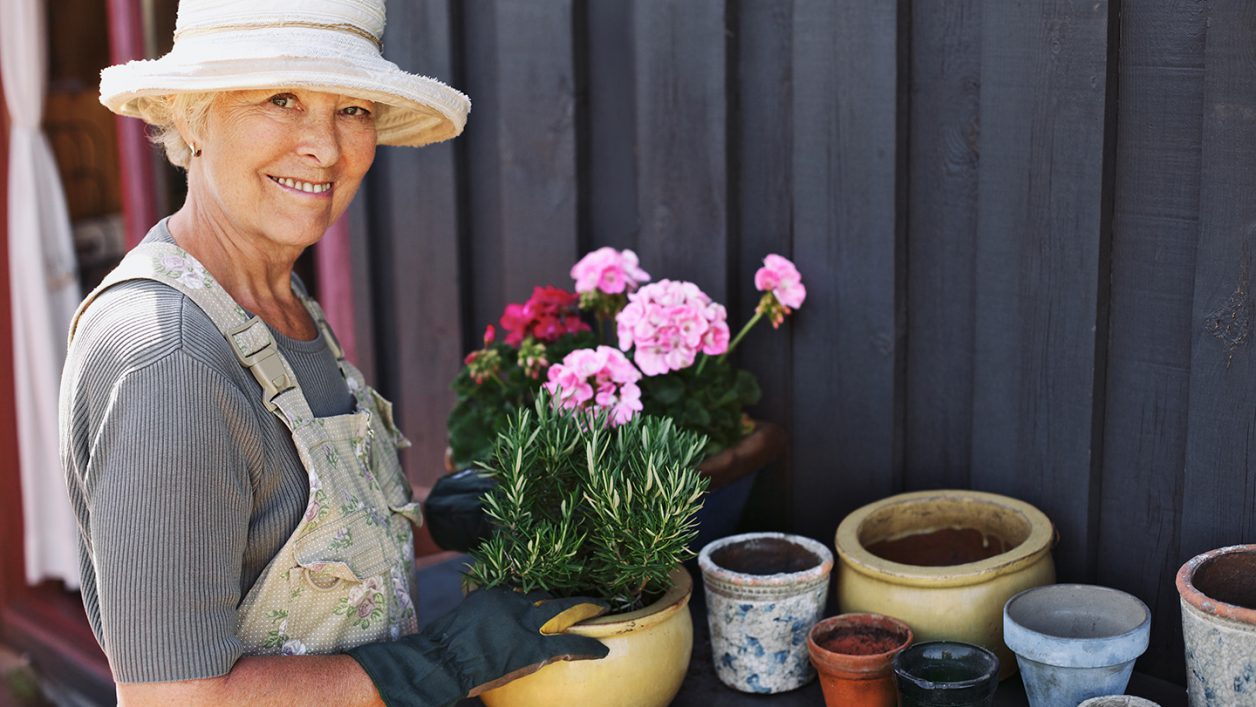When considering whether someone can live at home alone, it is important to recognize the signs that may lead to unsafe conditions or poor quality of life. One reference is “activities of daily living.”
According to the National Institute of Health, “the activities of daily living (ADLs) is a term used to collectively describe fundamental skills that are required to independently care for oneself. “ The inability to perform various ADLs results in the dependence on others, which often means an assisted living community or home health care.
If a loved one struggles with any of the ADLs, it may be time to consider a move to a safe environment that offers assistance. Such a suggestion is often met with resistance initially, but in most cases, the ultimate response is “I wish I had done this earlier.” In addition to assisting with ADLs, senior communities offer the socialization often missing when one lives alone. Residents become family and enjoy all the benefits of a close, caring community with plenty of activities to encourage physical and mental well-being.
The NIH lists the following categories as basic ADLs.
- Ambulating: The extent of an individual’s ability to move from one position to another and walk independently.
- Feeding: The ability of a person to feed oneself.
- Dressing: The ability to select appropriate clothes and to put the clothes on.
- Personal hygiene: The ability to bathe and groom oneself and to maintaining dental hygiene, nail and hair care.
- Continence: The ability to control bladder and bowel function
- Toileting: The ability to get to and from the toilet, using it appropriately, and cleaning oneself.
With assistance as needed within these categories, senior housing residents find they can participate in a fulfilling, active lifestyle among friends, despite their limitations.
What does this mean in real life?
- Do your loved ones have any unexplained bruising? Are they bumping into things, or falling? Can they move easily around the house and out to the mailbox?
- How are they eating? What are they eating? Is the refrigerator stocked with nutritious foods?
- What are they wearing? Do they bother to get dressed during the day? Are their clothes inside out or backward? Are their clothes clean?
- Do they bathe regularly? Is there a grab bar or something to hold on to in the shower? Check their nails. Do they need cutting? Do they go to a dentist on a regular basis for cleaning?
- And what about their home? Is it tidy like it used to be, or has it become dirty or unsafe with cluttered pathways?
- Beyond ADLs, there are other signs you should be looking for:
- Are they paying their bills on time?
- Do they always turn off appliances, like frying pans and toasters – and of course the cooktop?
- Are they staying in touch with friends and family?
- Medications: Are they taking the on time? Most seniors take several medications. Do they have a system of organizing them to be sure they are taking them appropriately?
- And finally, do they maintain their interest in hobbies, social activities, and friends?
These are all signs that your loved one may be undergoing some physical and mental changes. It’s time to pay attention. Perhaps it’s time to talk about a move to an assisted living community.
